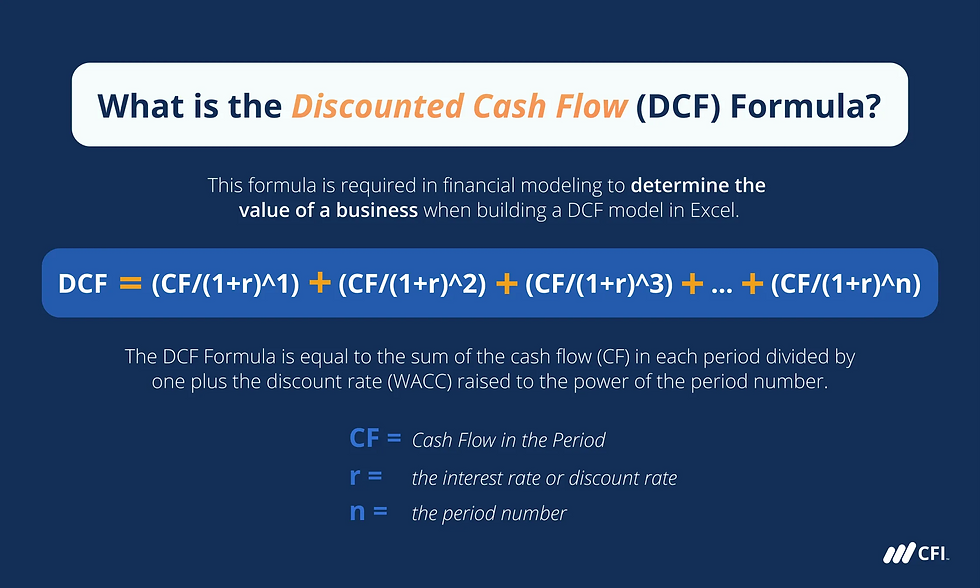R&D and The New Product Development Process (21.2)
- Thiago Casarin Lucenti
- Sep 28
- 3 min read
Chapter 21 - Marketing Analysis
Lesson Objective: To understand the importance of R&D and new product development
In many industries it is important for businesses to invest in new product development: specially fast-changing industries (e.g. technology) and large first-mover advantage industries (e.g. pharmaceuticals).
For new products to be successful they must:
Have desirable features that consumers are willing to pay for;
Be sufficiently different than others (stand out) and offer a USP;
Be marketed effectively to consumers - who need to be informed about them.
For that, we should discuss the process of new product development, which is made of 7 steps:

1. Generating Ideas: every product start from an idea - and ideas may have several sources:
Company's own R&D department (costly);
Adaption of competitors' products (risk of infringing patents and of consumer backlash);
Market research;
Employee participation, which increases motivation of workers and generate good 'first-hand ideas (e.g. sales employees);
Brainstorming in groups.

2. Idea Screening: with the purpose of eliminating ideas with low chances of commercial success (as the product development process is costly).
3. Concept Development and Testing: it explores the idea further (what features, cost of manufacturing, potential target customer, etc.).

Given the costs and customers willingness to pay, what features should be incorporated?
What are the most cost-effective methods of manufacturing?
How will customers react to it? Market research with a sample of prospects.
4. Business Analysis: consideration of how the new product will impact the business costs, sales, and profitability - price estimation and break-even level are two of they information needed:

Is finance available to develop the new product?
Can it be patented? Legal protection;
Will it fit in the exist product mix and portfolio?
How are sales likely to be impacted in the future (external environment)?
5. Product Testing regarding technical performance as well as customers expectations:
Prototype development;
Product testing in real-world conditions;
Potential use of focus groups;
Adaption of the product given feedback provided.
6. Test Marketing before full-scale launch:

Actual consumer behavior can be measured and observed;
Larger amounts of feedback to be taken into account before full-scale production;
To reduce chance of failure;
Problems can still be addressed before full-scale launch.
Test Marketing can be costly and it gives out information to competitors who may be able to catch up. This stage can be implemented (cheaper) through free-sampling for feedback.
7. Commercialization, the introduction stage of the product life-cycle:
Full-scale launch;
Promotions are put into place to communicate the new product;
Distribution channels are filled with stocks;
The most costly of all of the stages.
Research and Development (R&D) is the process of scientific research and technical development of new products and processes:
Very costly and risky;
A safer 'follow-the-leader' approach is the option (jeopardizing potential market leadership);
Offensive R&D targets increased market share and dominance;
Defensive R&D focuses on slight improvements/features.
Successful R&D will lead to innovation in both new products and new processes for making products. Not all businesses will find R&D useful as it will depend on the industrial context in which it operates.
Activity 21.5
There are also many factors influencing the level of R&D expenditure by a business:
The nature of the industry as some industries are fast-changing and others are not;

R&D investment of the competition will dictate how much a business should be spending to maintain market share and market position;
Business expectations (optimism/pessimism) about the economy and the demand for its products;

The risk profile or culture of the business - the management attitude and the shareholders willingness to invest on the long-term (opposite of short-termism).

Government policies towards grants and incentives to business for R&D also influence on the amount spent.
Important: even if R&D is successful there is still a risk that a product will fail after launch.
A product can fail at any point of the product development process:
Inadequate market research;
Poor marketing and pricing;
Changes in technology;
Competitors launch of a batter product that fits customers needs' better.
Business in Action 21.2
Chapter 21 - Marketing Analysis
To-Do-List: Activity 21.7



Comments